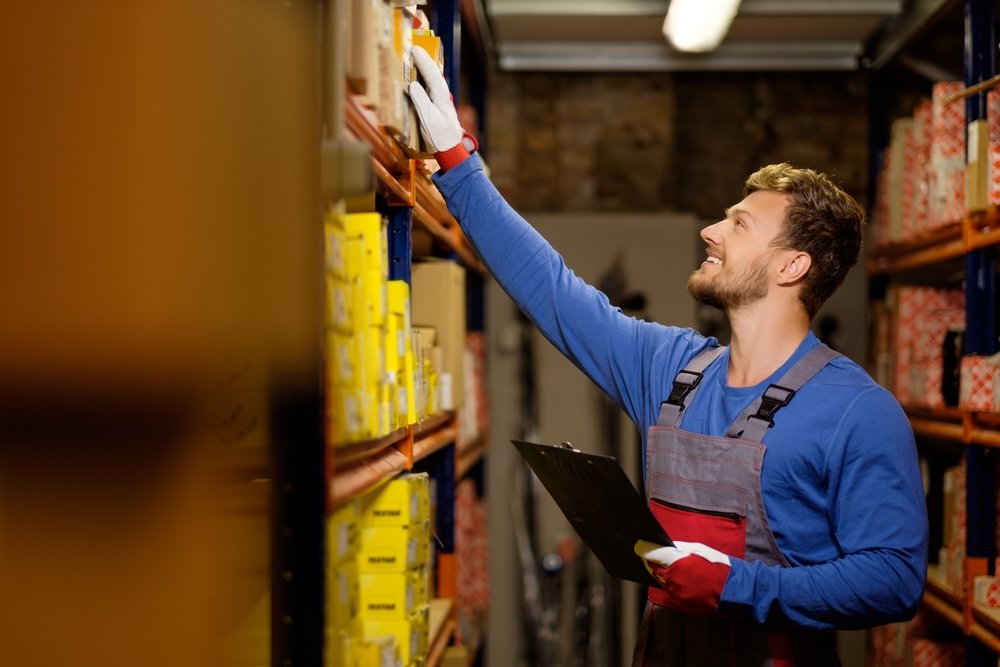
The change in product mix distributors will have on their shelves is going to be one of the biggest challenges they face in the coming years, according to an industry expert.
While the biggest trend a few years ago would have been disintermediation and distribution — in essence, removing the middle man in the distribution process (see: Amazon) — now it’s disintermediation from electrification, said Bret Jordan, managing director at Jefferies, a consulting firm that works in the automotive aftermarket.
“There is going to be some impact on existing product mix over time,” he told attendees of the MEMA Aftermarket Suppliers Vision Conference in Chicago.
Jeffries predicts 55 per cent of the car parc will be electric by 2050. So distributors need to look at the timeline, see where their customer base is and adjust their product mix to match up.
“There still is a reasonably high lifetime maintenance spend [on EVs], it’s just a different product,” Jordan pointed out. “You’ve got a lot of HVAC [components] around heating and cooling and batteries. For charging, you’ve got a lot of weight and a lot of undercar — a lot of torque, so a lot of tearing up the undercar.”
For Todd Campau, associate director of aftermarket solutions at S&P Global, right to repair was his biggest concern for tomorrow.
For the most part, the industry can handle most of the internal combustion engine vehicles on the road today; there’s a lot of knowledge in maintaining them.
“But as it shifts more and more to battery electric and plug-in hybrids and more sensors — and we haven’t even talked about autonomous driving anything for a while because it kind of got backburner during the pandemic — the ability to repair and maintain those systems is critical for the aftermarket,” Campau said.
Not having information to maintain these vehicles is “our biggest existential risk” he added during the 3 Dragons: A View from an Economist, Wall Street Analyst and Aftermarket Analyst session. “It doesn’t matter if it’s a battery electric vehicle or an internal combustion vehicle or a hydrogen vehicle.”
For a dose of positivity, Liz Clark, automotive team lead from the Office of Transportation and Machinery at the International Trade Administration, pointed to the amount of opportunity the industry has ahead of it.
“I think there is opportunity. It’s going to come through that change and that diversification where you can leverage it just right and find those markets and opportunity, find those business opportunities, whether it’s in repair, or in distribution, that they do exist,” she said on the panel. “And that will be changing rapidly. And you can stay on top of that change, you can find those opportunities.”



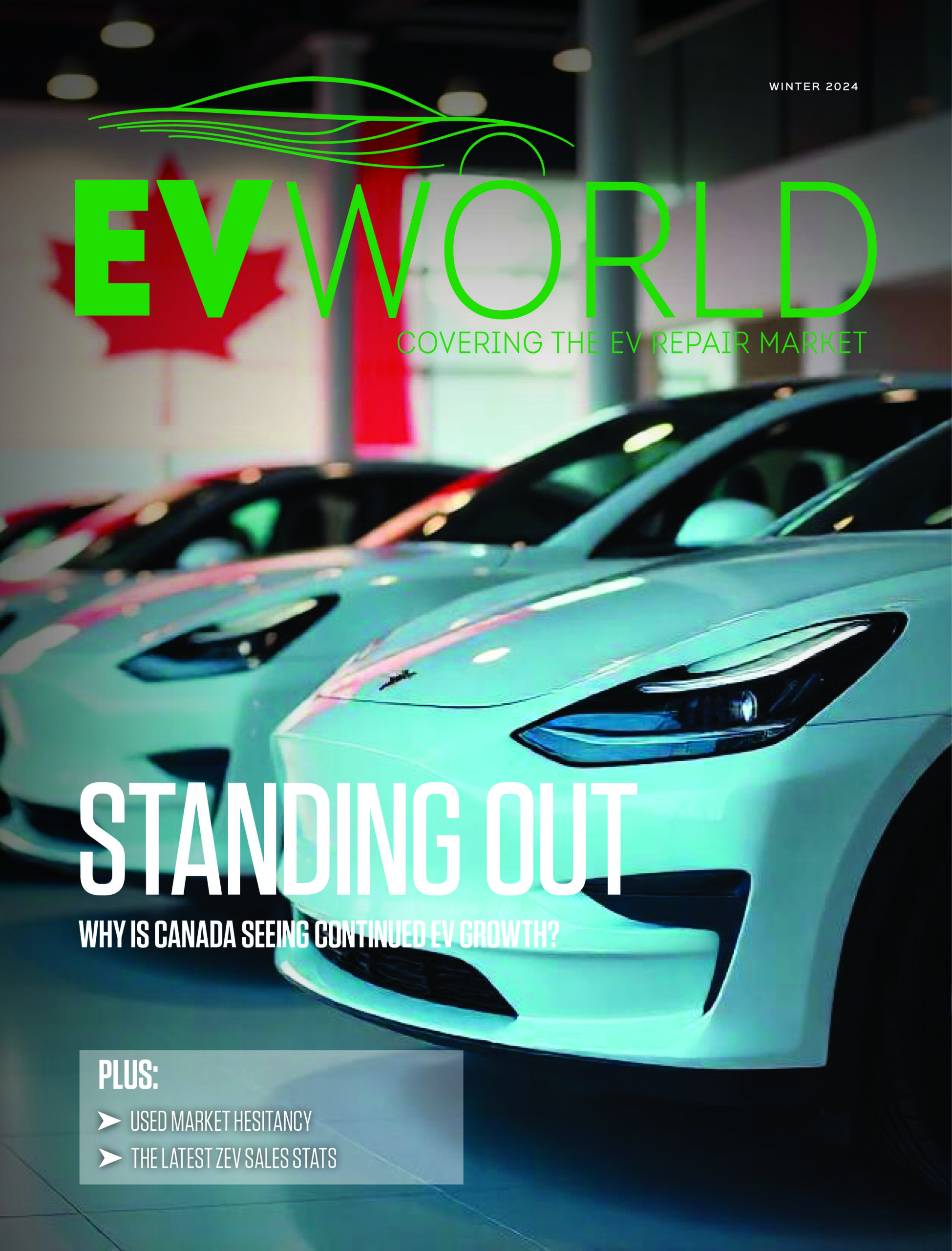

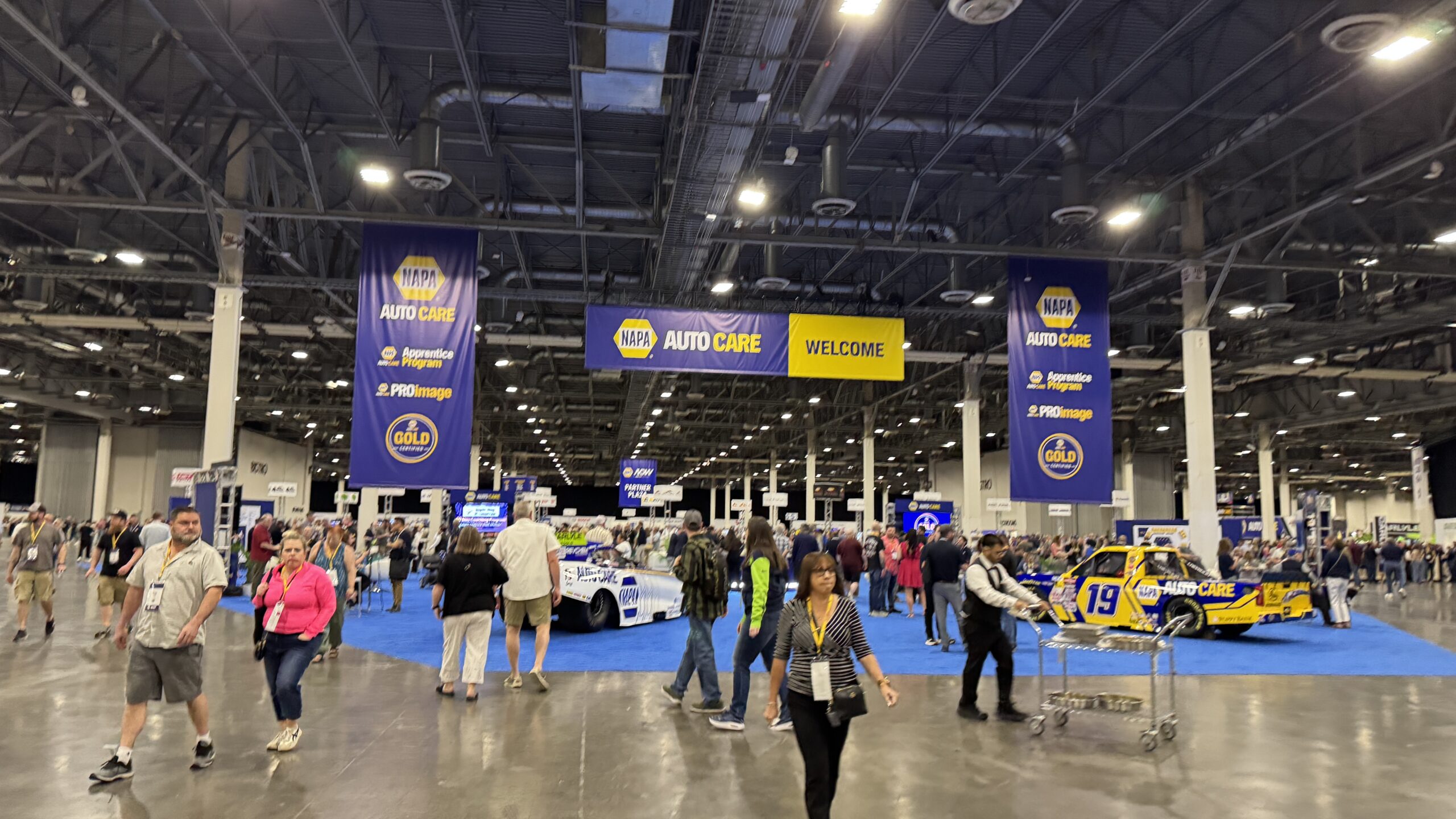
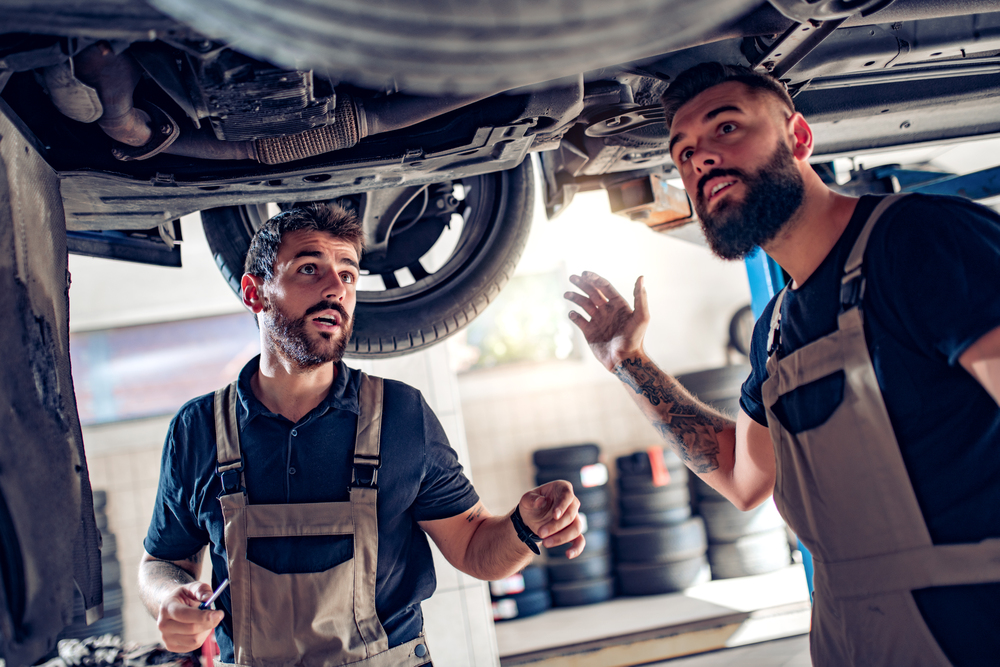
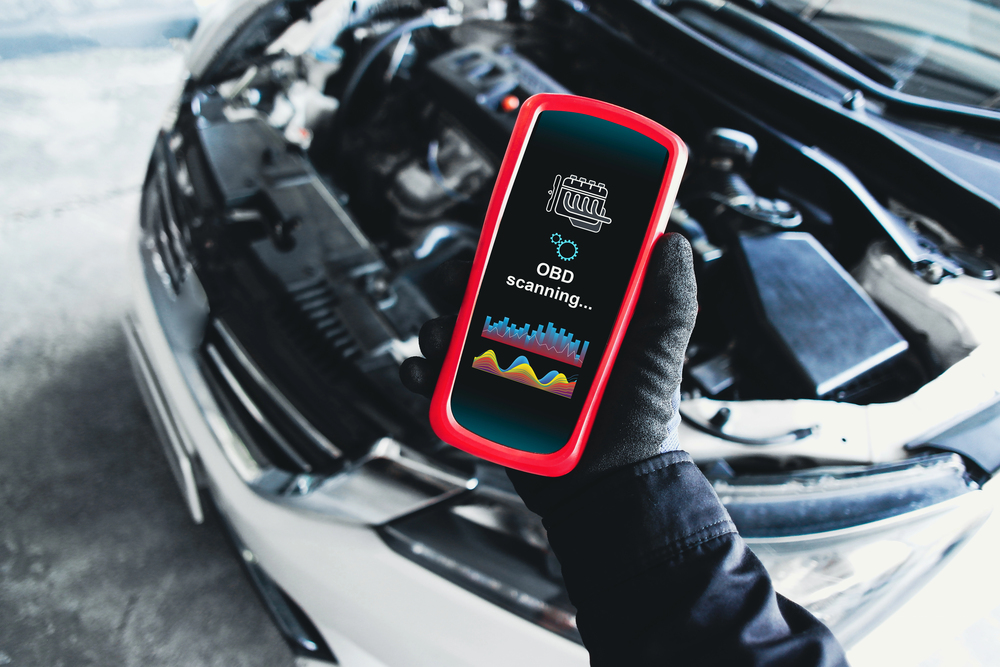


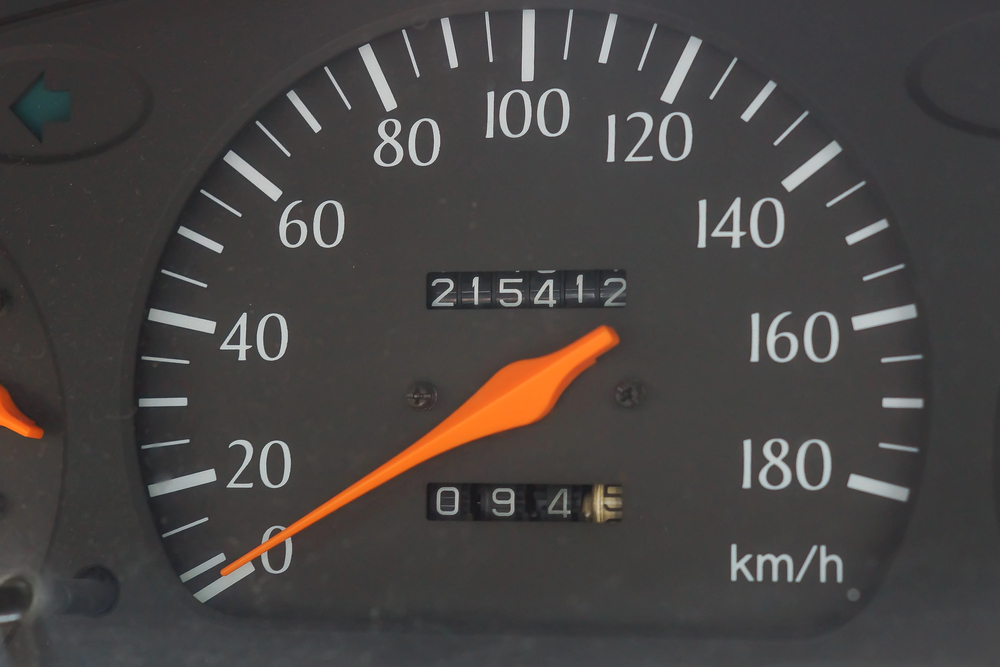

Leave a Reply